For the study of biological materials and development of new bio-inspired materials
Science & Capabilities
Neutrons are a precious and irreplaceable scientific resource. They follow the quantum mechanical spin of the electrons in solids, penetrate sample chambers to look at materials under extreme conditions, and provide unique information about the building blocks of life. Through ongoing consultation with ORNL staff, users, expert advisory committees, and workshop participants from the broader research community, science priority areas have been identified with research challenges and opportunities that can be best addressed by the unique and vital information provided by neutron scattering.
-
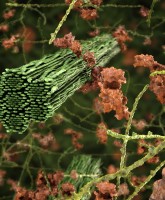
-
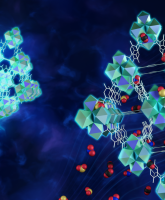
The goal of the Chemistry Science Initiative is to advance the frontiers of chemical science through neutron scattering by providing a platform for instrument science, supporting teams and main campus researchers to share knowledge, exchange ideas, and foster collaboration.
-

We obtain over 80% of our energy, a variety of minerals, and a large fraction of our water supply from the subsurface, underscoring the need for detailed understanding of geochemical processes.
-
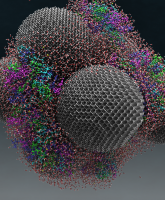
Driving scientific excellence by leveraging the rapidly developing opportunities in computing, machine learning and data analytics and applying them to neutron scattering data.
-
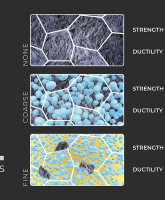
For the study of how materials behave under applied stress, different temperatures, magnetic or electrical fields, and for the real time study of materials with moving components under operating conditions.
-

For the study of materials in extreme stimuli to develop new materials and elicit optimized properties, and to characterize these far from equilibrium states with fine spatial resolution and short times.
-
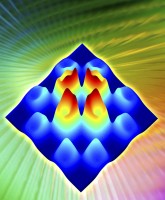
Novel materials that could lead to transformational technologies like quantum computing and quantum information.
-
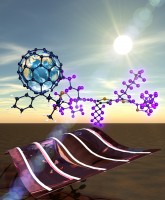
Study of polymers, surfactants, colloids, gels, glasses, nano-composites, and even simple fluids to reveal the structures they can form from atomic to the macroscopic scales



